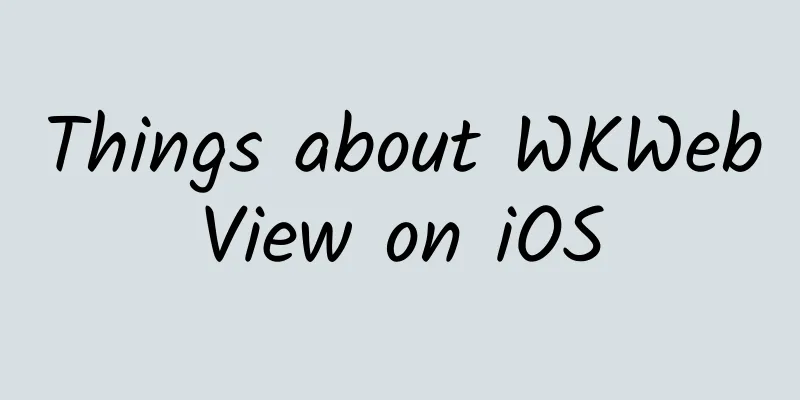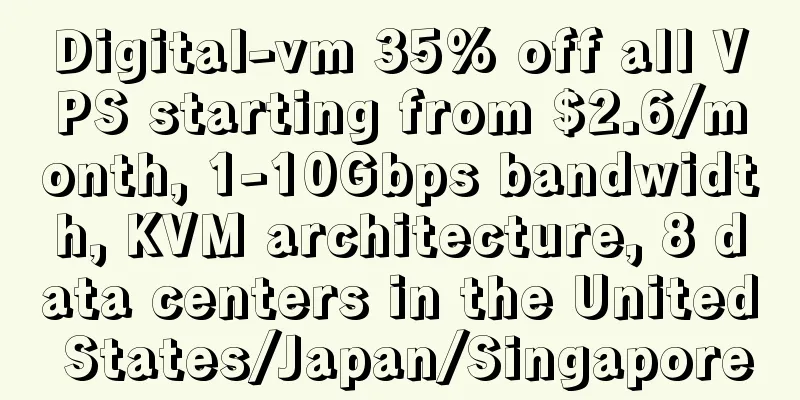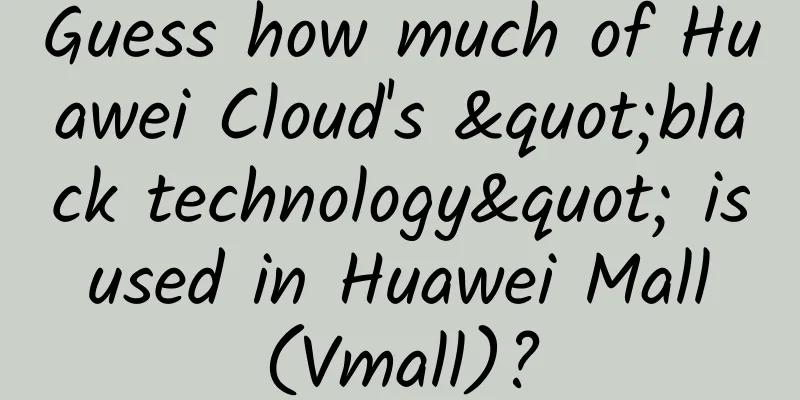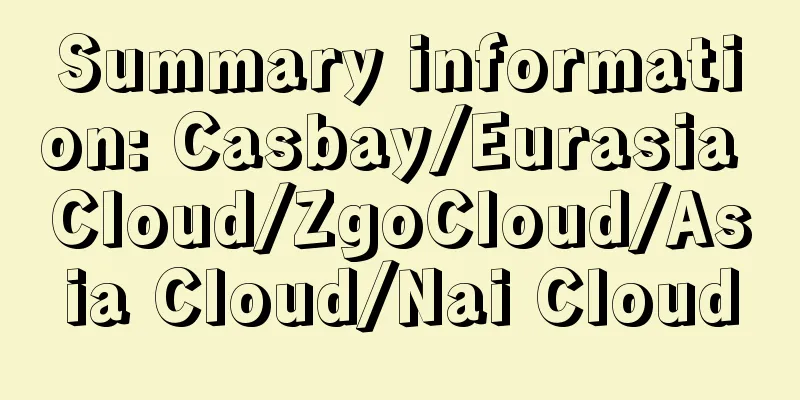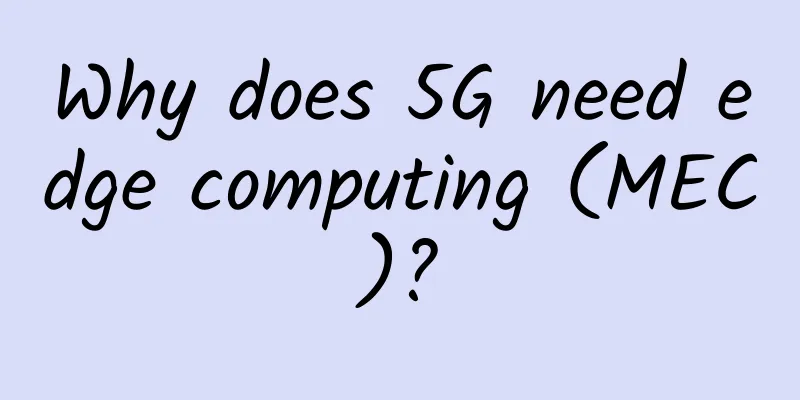IT Asset Management System - ForceView ITAM
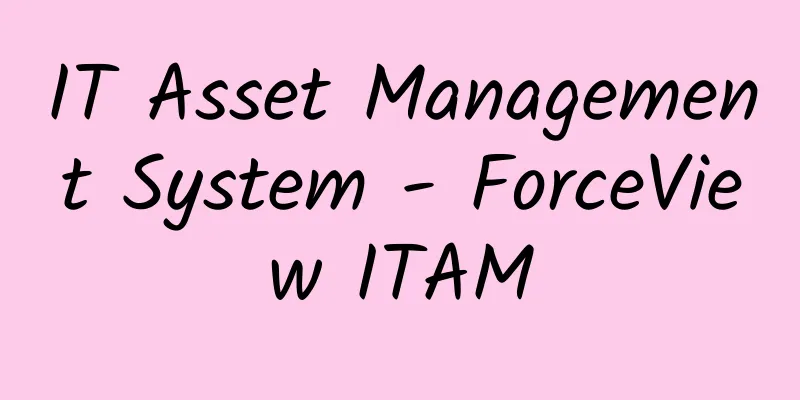
|
Introduction ForceView ITAM (IT Asset Management) is a product developed by Donghua Software Co., Ltd. based on its many years of experience in implementing IT service management projects to address the IT asset management field. The product not only has the functions and features that asset management should have, but also provides functions such as automatic asset discovery, asset tracking, configuration management, software license management, software usage monitoring, procurement and contract management for special assets such as "IT assets", thereby achieving full management of the entire life cycle of assets. This helps companies fully understand the distribution and operating status of their assets, thereby reducing costs and improving operational efficiency. The core of IT asset management is the management of "data", which can be summarized into four levels: data collection, data maintenance, data assurance, and data consumption. This product provides the functional support shown in the figure above for these four levels. Product Concept As a new generation of IT asset management platform, the product is not only satisfied with simple ledger and asset lifecycle management of enterprise IT assets, but also carries out more in-depth optimization for various management scenarios of IT asset management, providing more convenient and smarter information support. The product development team re-examined and deeply thought about the IT asset management scenarios, and positioned the product as an automated, mobile, consumer scenario-oriented service platform. automation Automation Through technical means, the devices in the network and their relationship information can be automatically discovered and obtained, reducing the labor cost of initializing IT asset data in the early stage of the project. By connecting to our company's monitoring tools, changes in software and hardware assets in the network can be identified in real time, ensuring the accuracy of IT asset data. Automatically record the versions of IT assets and provide version comparison and data recovery functions.
Mobility Mobility Through the mobile APP, users are freed from their desks and combined with label scanning, the asset management business process is simplified. The mobile terminal is more suitable for the management of daily single product warehousing, collection, transfer, etc., which requires scattered operation time, small quantity and short time.
Consumerization Consumerization The IT asset management system should not only focus on how to maintain a complete and accurate IT asset database, but should also pay more attention to the consumption level of this data, promote data consumption, and provide data support for the company's business departments. For example: providing accurate asset lists for asset audits, providing asset cost data for the financial department, and providing data analysis from an IT asset perspective for decision-makers. The product adopts a service-oriented approach and provides IT asset information in the platform in a standard data service format, thereby achieving the purpose of linking consumption scenarios.
Product Architecture ForeViewITAM - Donghua IT asset management platform architecture is summarized as (2+4) 2 core libraries, namely ① IT asset library ② Inventory The four quadrants of functionality are: ① Basic auxiliary functions Includes basic auxiliary functions to support IT asset management business, including: basic data management, supplier management, contract management, etc. ② Life cycle function It includes a full set of functions for managing the life cycle of IT assets. On the one hand, it refers to the definition of the life cycle, including: life cycle model definition, process design, etc.; on the other hand, it refers to the processes that support the flow of IT asset life cycle, such as: procurement, warehousing, outbound, lending, use, and scrapping. ③ Feature business functions Includes characteristic business functions in the IT asset management business field, including: asset inventory, asset cost, asset tag management, software authorization management, software patch management, etc. ④ Statistical analysis function From the perspective of data analysis, provide you with statements and reports on all aspects of IT assets. Features Content management—— “0” blind spots, complete management of IT asset data Content management includes: ① IT asset library: As the core of IT assets, it stores the management object information of the system and maintains a set of accurate and complete IT asset data, such as hardware assets, software assets, virtual assets, etc. ② Inventory: Maintain an inventory database to maintain information such as consumables, spare parts, etc. Lifecycle management - lifelong monitoring of IT assets It provides management of the entire life cycle from asset purchase to scrapping, and has built-in rich reports, including asset reports, audit reports, procurement and contract reports, etc., to help managers understand the status of enterprise IT assets from different angles. Inventory management - stock and receipt The inventory in IT asset management is mainly to maintain the information of consumables and spare parts, and manage the entry and exit of these items and materials. Inventory - rigorous and authoritative Combining mobile APP with label (barcode/QR code) technology provides a new inventory experience that is fast and accurate, ensures consistency between objects, signatures, and accounts, and regularly generates asset account lists for asset ownership of each department. Software Asset Management - Licensing and Usage Maintain enterprise software inventory and track software licenses, and notify administrators in advance when licenses expire. And you can compare the number of purchased licenses with the number of installed licenses to ensure software license compliance. By connecting to our company's monitoring products, we can scan workstations regularly and issue alarms when unauthorized software is installed, thereby continuously ensuring the legal use of software. Supplier and Contract Management - Licensing and Usage Supplier management is more than just a simple "supplier address book". It also includes partnership management with suppliers, supplier service level management, supplier support record management, supplier product management, supplier performance evaluation, etc. Through comprehensive management of suppliers, we help establish a dynamically balanced supplier management system, providing a basis for ensuring that suitable equipment or spare parts that meet quality, quantity and price requirements are obtained from the right sources. Includes: supplier basic information management, supplier equipment management, supplier support records, and supplier performance evaluation. Asset cost management - managing assets from a financial perspective From a financial perspective, manage asset depreciation and costs to help leaders and the financial department understand the cost details of each asset and the overall IT ownership cost. Mobile APP——Manage assets anytime, anywhere Based on mobile APP application, combined with QR code scanning, photo taking, recording, GPS positioning, video and other features, it provides strong technical support for asset management personnel. Mobile APP supports two major mobile operating systems, Android and iOS, and supports two types of devices, mobile phones and tablets. Statistical Analysis - Multidimensional Analysis and Reporting Make full use of existing data and conduct benefit analysis on logistics management related work through data integration, real-time analysis, report preparation, data visualization, data mining, artificial intelligence and other means, so as to provide a correct basis for improving management efficiency and quality, reducing management costs, and executing decisions. Statistical analysis includes two parts: reports and statements. The reports support query statistics of multiple conditions in various dimensions at any time, and reflect the dynamics in the form of graphics and tables. The report is based on the company's reporting requirements and uses a fixed template to compile statistics on asset dynamics. It can also be sent to relevant personnel via email, system reports, etc., such as weekly, monthly, quarterly, and annual reports. Related Products |
>>: Don’t just focus on 5G MEC, take some time to look at the MEC application scenarios in 4G
Recommend
In the era of data center explosion, attention should be paid to network cabling
With the advent of the big data era, all kinds of...
China Mobile: More than 560,000 5G base stations have been built
At the 2021 China Mobile Global Partner Conferenc...
[11.11]80VPS: 50% off all VPS, special VPS annual payment starting from 199 yuan, multiple data centers in Hong Kong/US/Japan/Korea, etc.
80VPS also launched a promotion during the Double...
Why the popular dual-band wireless router advantages tell you
Open the e-commerce website, dual-band wireless r...
LOCVPS 30% off, Hong Kong/Japan VPS 4GB memory package monthly payment starts from 29.4 yuan
LocVps is a long-established Chinese hosting comp...
GreenCloudVPS: $30/year 500G hard drive VPS, 10Gbps bandwidth, Singapore (non-direct connection) data center
GreenCloudVPS recently installed new machines in ...
From a technical perspective, the development of 5G industrialization will become clear after reading this article
1. Market demand Mobile Internet is mainly orient...
HostYun: Japan Tokyo Softbank 300M-1Gbps large bandwidth VPS monthly payment starting from 25 yuan
Last year, we shared the information of HostYun&#...
HostKvm Newly Offers 30% Off Los Angeles CN2 Line VPS, 20% Off All Sitewide
HostKvm was founded in 2013 and currently provide...
5 Essential Predictions for Blockchain Trends in 2018
The potential for blockchain technology to bring ...
2018 World Internet of Things Expo press conference held in Beijing
Today, the global Internet of Things era is leadi...
Is the network model seven layers, five layers, or four layers?
When we are doing network development, we often h...
New infrastructure has boosted the multi-billion-dollar 5G optical module market, and the high-end sector urgently needs to increase the domestic production rate
2020 is a big year for 5G capital expenditure. Be...
Teach you how to easily obtain local area network devices
[[430847]] Preface With the rapid development of ...
TCP/IP Appetizer: HTTP
[[381273]] This article is reprinted from the WeC...
